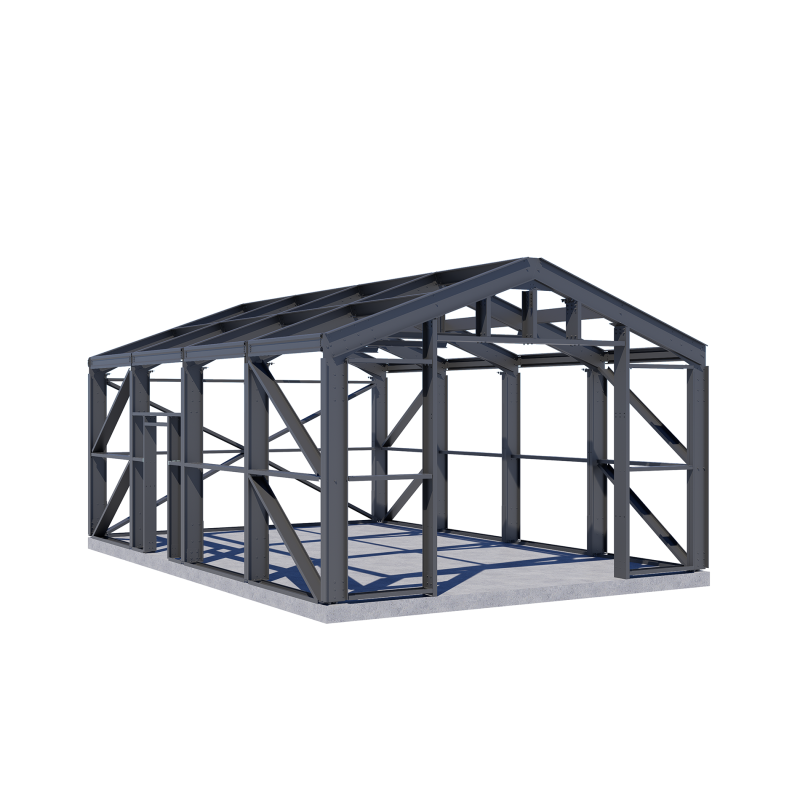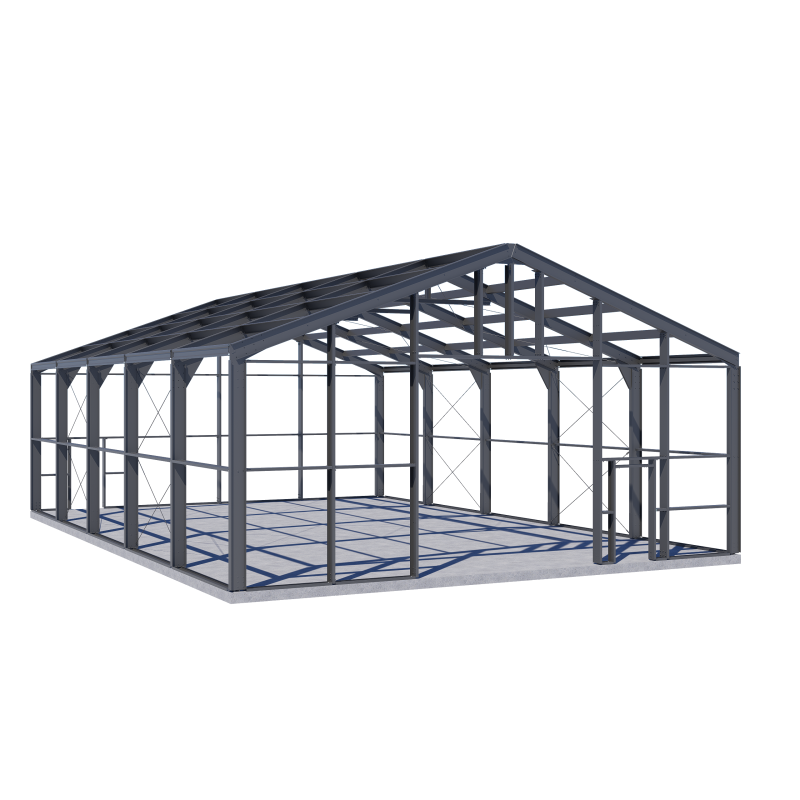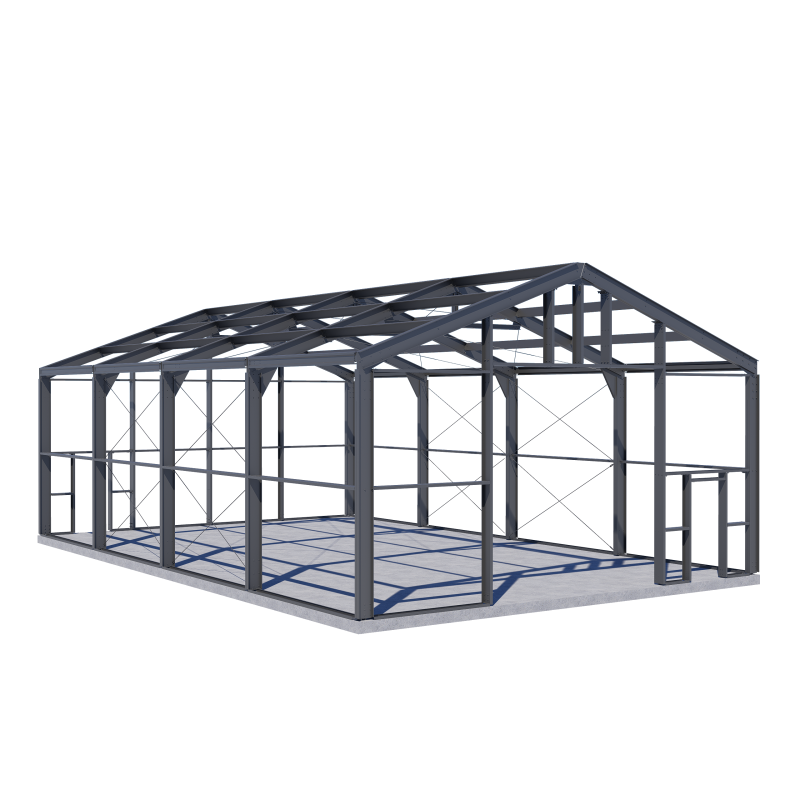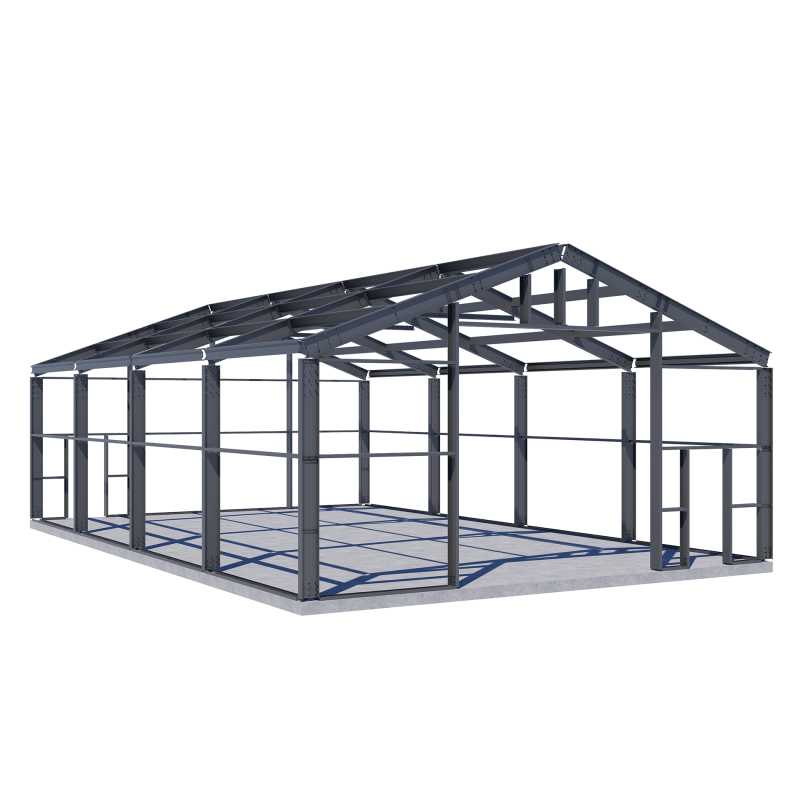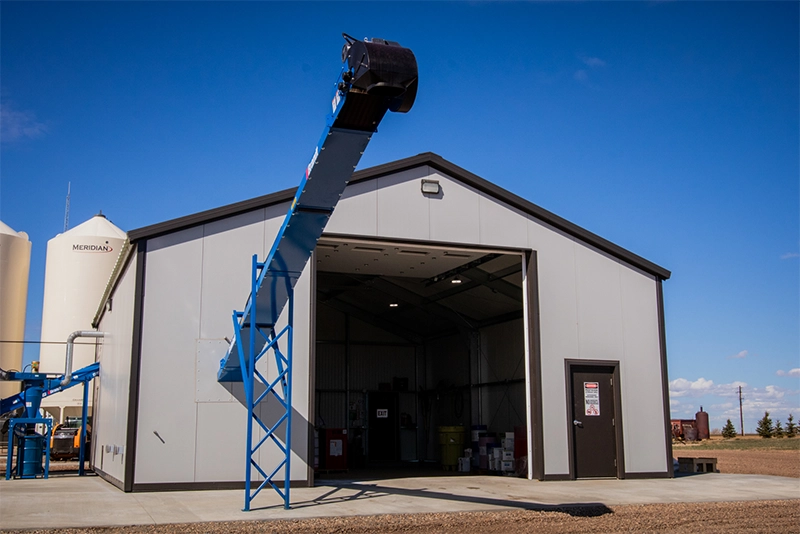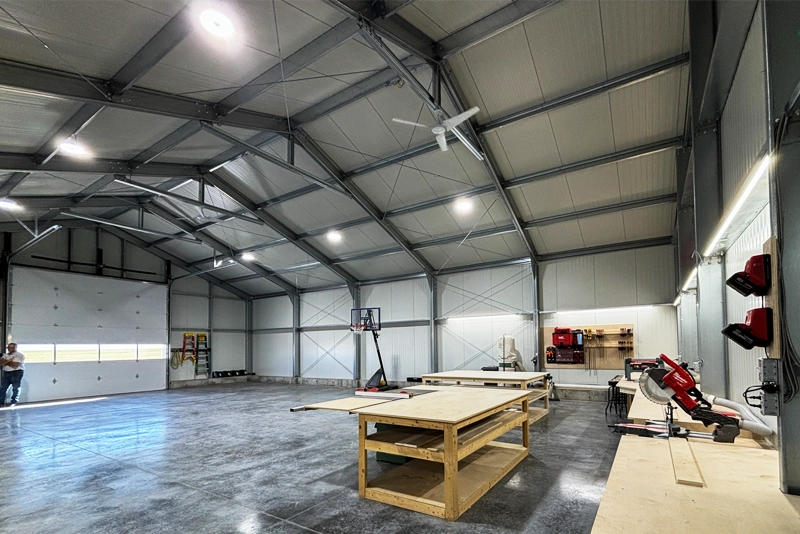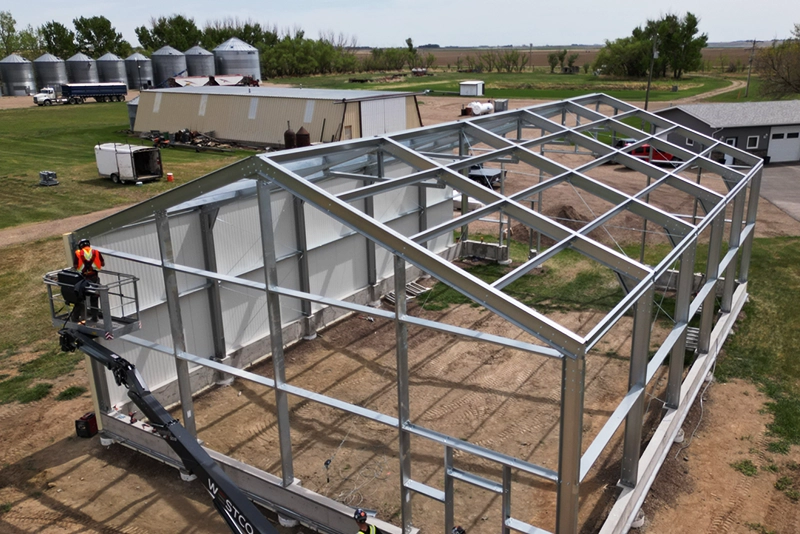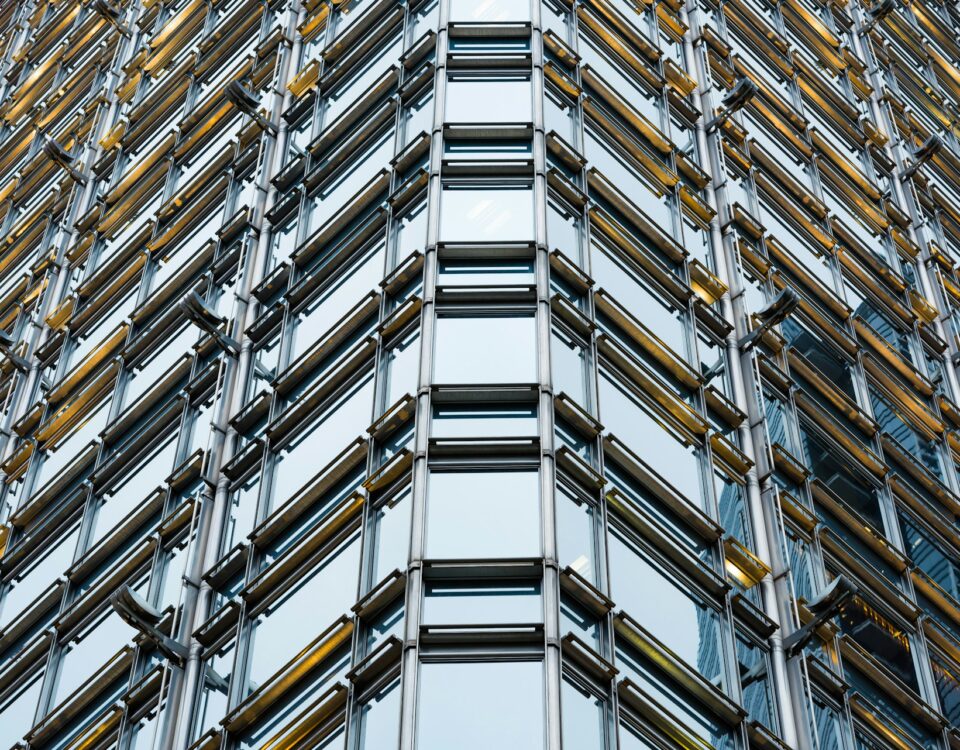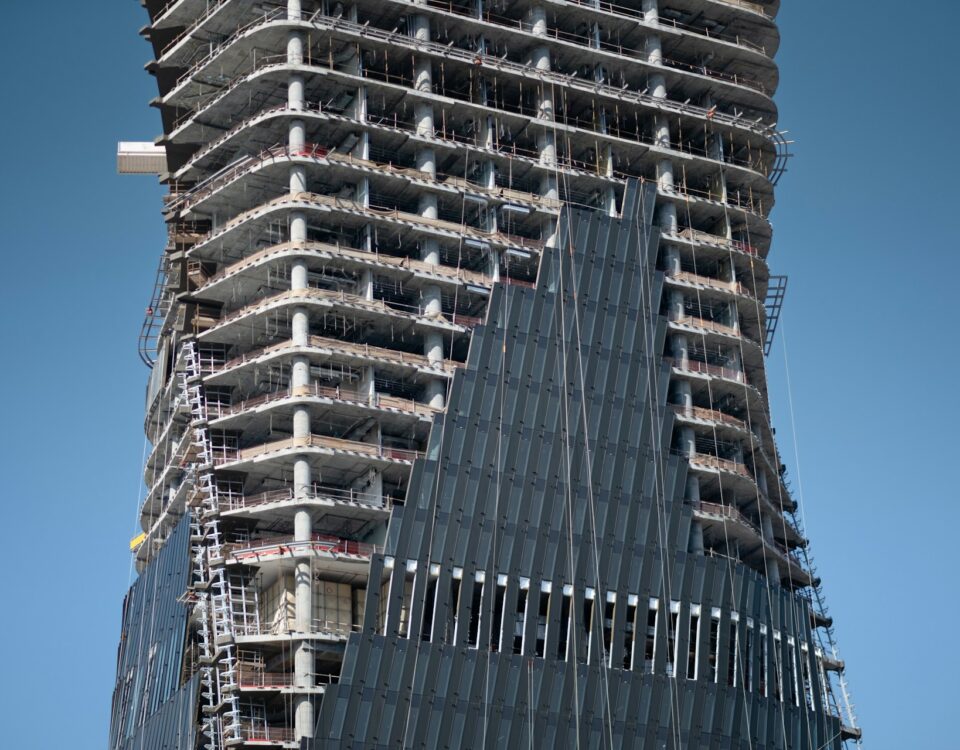Making sure your steel frame building has proper ventilation is really important. These types of structures are popular in Canada due to their durability and cost-effectiveness, but without good ventilation, they can face issues like moisture buildup. When moist air gets trapped inside, it can lead to corrosion and damage over time. Think of ventilation like the lungs of the building, letting out stale air and bringing in fresh air to keep the environment healthy.
Ventilation also plays a big role in keeping the interior comfortable. Proper airflow helps regulate temperature, cutting down on the need to crank up the heat or AC. This not only saves on energy bills but also makes your building more eco-friendly. With temperatures varying so much throughout the year in Canada, keeping your building well-ventilated ensures that it stays cozy in winter and cool in summer.
Understanding Ventilation in Steel Frame Buildings
Ventilation in steel frame buildings involves a system that circulates air to keep it fresh and prevent any unwanted moisture. Imagine a simple window left open allowing a breeze; ventilation works much like that on a larger scale, letting air flow in and out effectively. This flow is crucial for managing indoor humidity levels, which if unchecked, can lead to condensation – a real threat to steel structures.
When we talk about preventing moisture buildup, we’re talking about solving potential problems before they start. High humidity inside a building can cause steel frames to corrode over time. Adequate ventilation helps in maintaining appropriate humidity levels, decreasing the chances of rust forming on steel parts. This is crucial for the building’s longevity.
Consider an example: a warehouse storing goods needs to have the right ventilation system to keep moisture out, preserving both the products and the building itself. Without proper airflow, you risk the goods becoming damp and the steel weakening over time. So, for those creating or managing steel frame buildings, understanding the role of ventilation isn’t just an extra – it’s a must-have for safeguarding your investment.
Benefits of Proper Ventilation
Ventilation offers a range of benefits that go beyond just preventing moisture. One key advantage is improved energy efficiency. By allowing air to circulate properly, you can maintain a steady temperature inside the building. This means less reliance on heating systems in winter and air conditioners in summer, cutting down on energy use and costs. When the building breathes well, it helps your wallet breathe easily too.
Keeping the air fresh inside a steel frame building is also important for health reasons. Good ventilation ensures clean air, reducing the build-up of pollutants and allergens. This is particularly important in spaces where people spend a lot of time, like offices or community centres. Breathing cleaner air can mean fewer sickness-related absences and a more pleasant environment overall.
Proper airflow can also extend the lifespan of a steel frame building. By controlling moisture and maintaining balanced temperatures, structural components stay in better condition for longer. This saves on maintenance and repair costs down the road. Imagine your building as a well-oiled machine; with regular airflow, it keeps running smoothly without as many hiccups.
How to Achieve Proper Ventilation
Achieving optimal ventilation starts with smart design choices. Planning ahead during the design phase can make all the difference. Consider where windows or vents should be placed to maximize natural airflow. Cross ventilation, where wind can enter from one side and exit through another, can be very effective.
Different types of ventilation systems are available, and choosing the right one depends on your building’s needs. Passive systems rely on natural forces like wind and heat to move air around. They might include strategically placed vents, atriums, or louvers. Active systems use mechanical components like fans or HVAC systems to manage airflow, which can be more precise and effective for really large spaces.
To maintain good ventilation, routine checks are necessary. Here’s a quick list to keep things sorted:
– Regularly inspect and clean vents and ducts to prevent blockages.
– Ensure seals around windows and doors are intact to avoid unwanted airflow.
– Schedule annual checks for your HVAC system to make sure it’s running smoothly.
Choosing Professional Help
Seeking professional help might be a good idea to ensure your ventilation system is up to par. Experts can assess your specific needs and recommend solutions tailored to your building’s layout and use. Hiring experienced professionals means you get reliable installation and advice on maintaining your system correctly.
When looking for a service provider, consider a few key points:
– Look for a company with experience in steel frame buildings.
– Check reviews or ask for references to ensure quality service.
– Discuss your specific needs to ensure they can provide a custom solution.
Keeping Your Steel Frame Building Ventilated for the Long Haul
Ventilation is a pivotal aspect of maintaining a steel frame building. It bolsters energy efficiency, improves indoor air quality, and extends the building’s life. As you ponder ventilation solutions, prioritize systems that cater to the unique demands of steel structures.
Invest time in proper planning and maintenance routines to keep your building in top shape. A well-ventilated environment ensures comfort, health, and sustainability, making it worthwhile for anyone managing a steel frame building.
For those ready to ensure the best conditions for their building, consider reaching out to Dutech Structures. By planning ahead and maintaining an optimal ventilation system, you can protect both the structure and the people inside. Learn more about our steel frame buildings and how we can support your project. It’s time to embrace a smart solution for a healthier and longer-lasting building.
